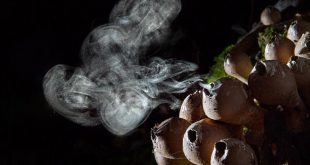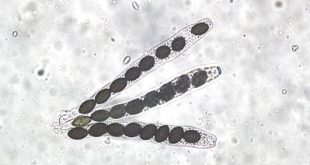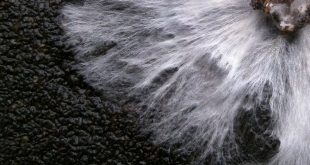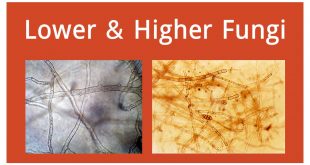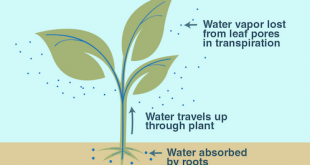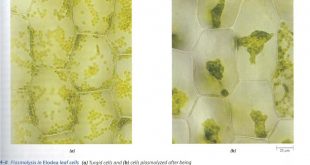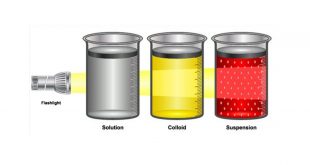The fungi comprising the phylum Basidiomycota commonly are known as basidiomycetes. It is a large phylum that includes forms commonly known as mushrooms, boletes, puffballs, earthstars, stinkhorns, birds-nest fungi, jelly fungi, bracket or shelf fungi, and rust and smut fungi. Salient features Habit and habitat Both parasite and saprophytic. Some …
Read More »Ascomycetes: An Introduction to the Sac Fungi
The phylum Ascomycota (colloquially called ascomycetes) is by far the largest group of fungi, estimated to include more than 32000 described species in 3400 genera (Kirk et al., 2001). It is assumed that the majority of ascomycetes has yet to be discovered, and the total number of species may well …
Read More »Fungi: Vegetative Structures & Growth
With the invention of the microscope by van Leeuwenhoek in the seventeenth century, the systematic study of fungi began. And the man who deserves the honor of being called the founder of the science of mycology is Pier Antonio Micheli, the Italian botanist who, in 1729, published Nova Plantarum Genera, …
Read More »Fungal classification: Lower & Higher Fungi
Biologists use the term ‘fungus’ to include eukaryotic, spore-bearing, achlorophyllous organisms that generally reproduce sexually and asexually. They are usually made up of filamentous, branched somatic structures which are typically surrounded by cell walls containing chitin or cellulose, or both of these substances. The fungi originated as a distinctive group …
Read More »Transpiration Mechanism in Plant Body
Good to know A living cell can concentrate the solute, dead cell can’t. The suction pump can lift up to 34 ft in 1 atm pressure. Harry Cole tree was the highest plant up to 1988-89. Insoluble substances if added can not alter the osmotic potential. Only soluble substances can. …
Read More »Ascent of Sap
The upward movement of water inside the plant is called ascent of sap. Pathway: Xylem. Prove that xylem is the pathway of ascent of sap. 1st experiment A leafy twig of balsum plant…………………………………………. 2nd experiment: Ringing experiment A leafy twig from a tree is cut……………………………………. Mechanism of ascent of sap …
Read More »Water Absorption by Plants
Uptake of water by plants more specifically by plant root hair is called water absorption. It is a vital process in case of plants as uptaken water along with minerals are mandatory for the survival of the plant body. In case of lower plants, the whole body acts as water …
Read More »Concept of Water Potential
Concept of water potential Free energy per mole is the chemical potential. The water potential is the chemical potential of a water solution in a system minus the chemical potential of pure water at atmospheric pressure and at the same temperature. A system’s water potential expresses its ability to do …
Read More »Solution Types, Plasmolysis and Imbibition
Isotonic, Hypotonic and Hypertonic solution Case A In the cell, Concentration = .1mMol L-1 Ψp is negligible or 0 In the solution of the container, Concentration = .1mMol L-1 Ψp = 0 In both cases, Ψw = Ψπ + Ψp = -CRT (Ψp is 0 or negligible) Comment: There will …
Read More »Mixture Types: Solution, Suspension, Colloids & Others
Chemistry is about combining different substances. Sometimes combining substances can cause a chemical reaction and bonding. This creates an entirely new substance called a compound. However, sometimes when there is no chemical reaction or bonding, it forms only a mixture. A mixture is made when two or more substances are …
Read More » Plantlet The Blogging Platform of Department of Botany, University of Dhaka
Plantlet The Blogging Platform of Department of Botany, University of Dhaka
